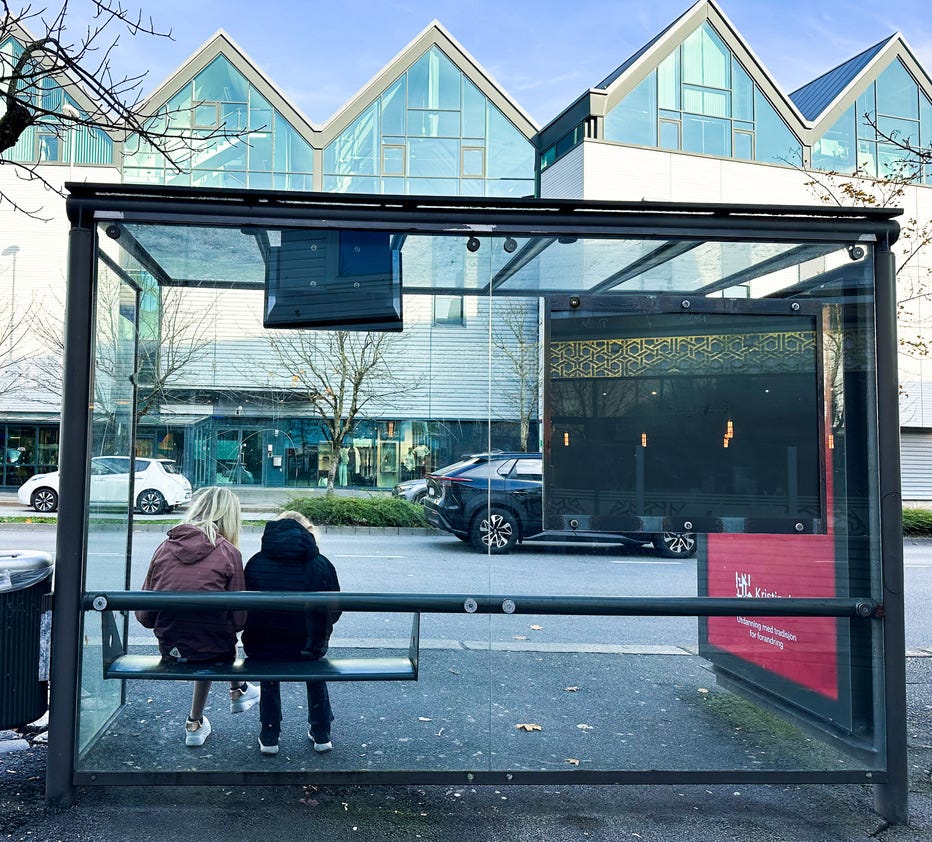Scandinavian Values: Modern Economics or Medieval Roots?
Two little girls, with blonde hair and blue eyes, were waiting for the bus. Alone yet unafraid, they chatted then ran along. This is fairly typical in high-trust Scandinavia, where children are reared for independence, and often left to their own devices. In other parts of the world, parenting is much more intensive. American parents go to enormous, herculean efforts to ferry their children to extracurriculars and pay for maths tuition. What explains this difference?
3 competing explanations emerge:
Economic incentives - in equal societies with strong safety nets, parents can afford to be permissive.
Cultural roots - Scandinavian ideals of egalitarianism and independence shaped both welfare states and parenting.
Political struggle - Socially Democratic institutions were not inevitable, but emerged through working class mobilisation.
Let's explore how these three forces - economic incentives, cultural inheritance, and political struggle - combined to create Scandinavians’ approach to childhood.
Spoiler: it’s an interdisciplinary saga!



